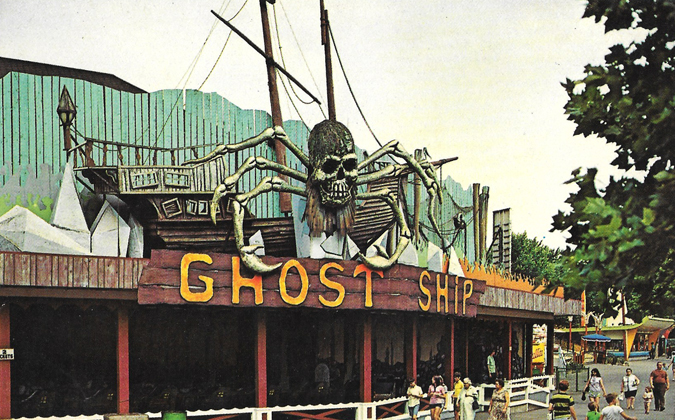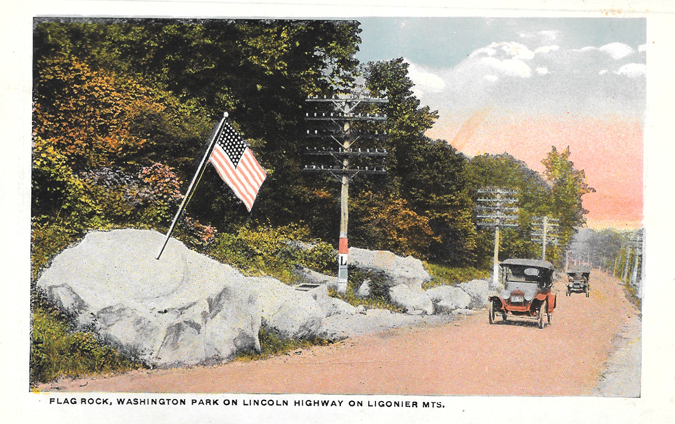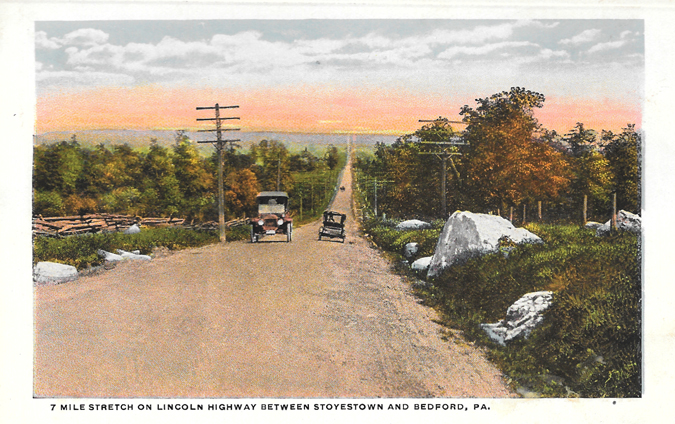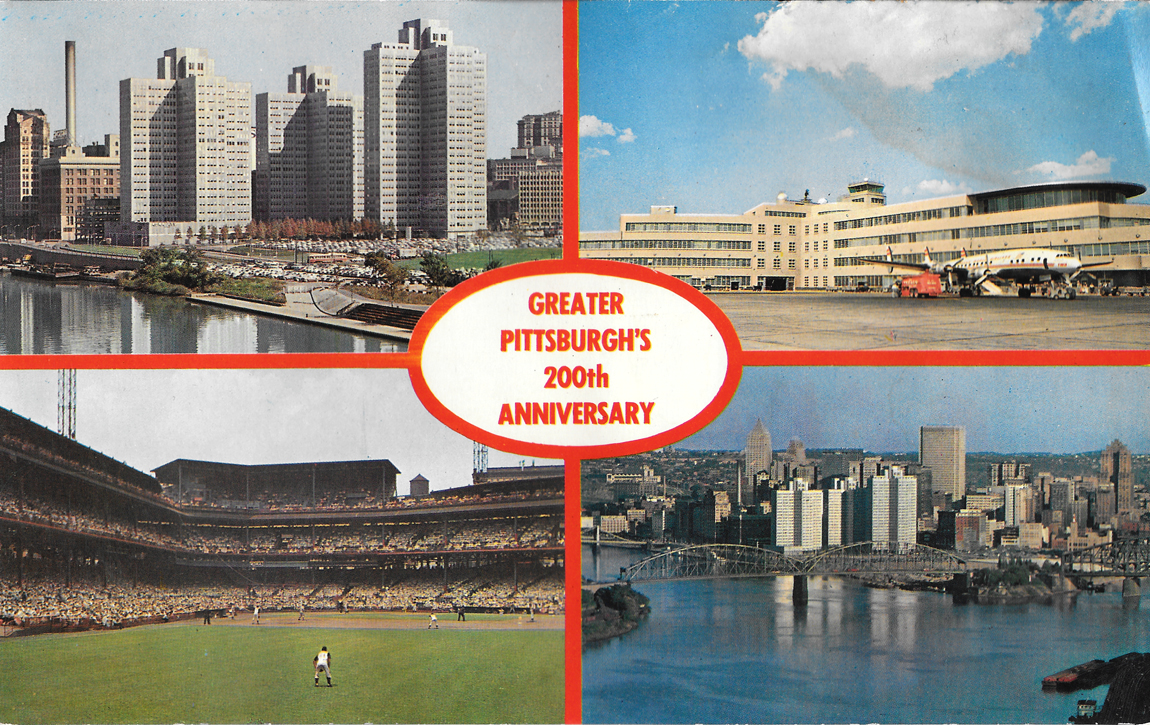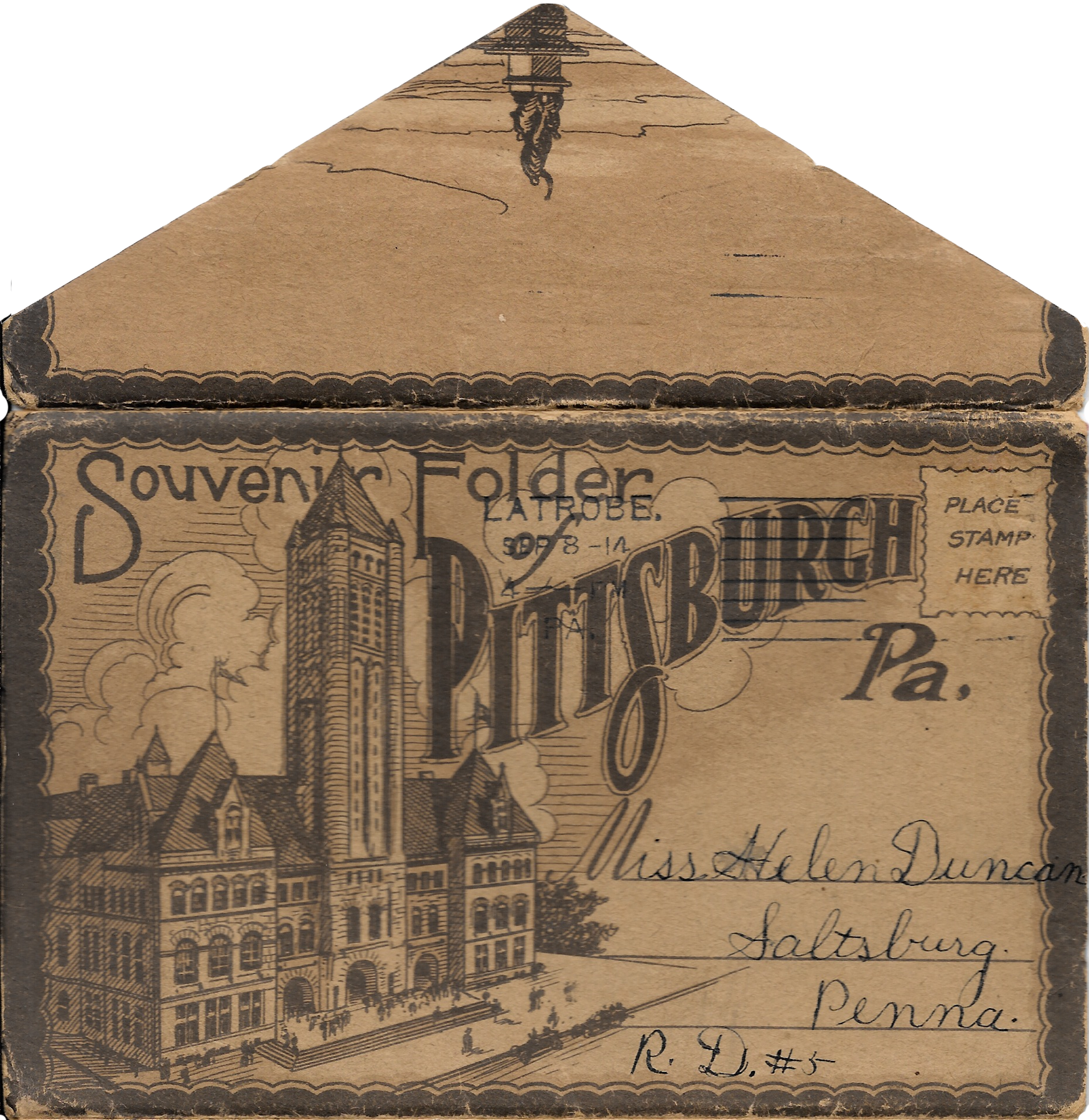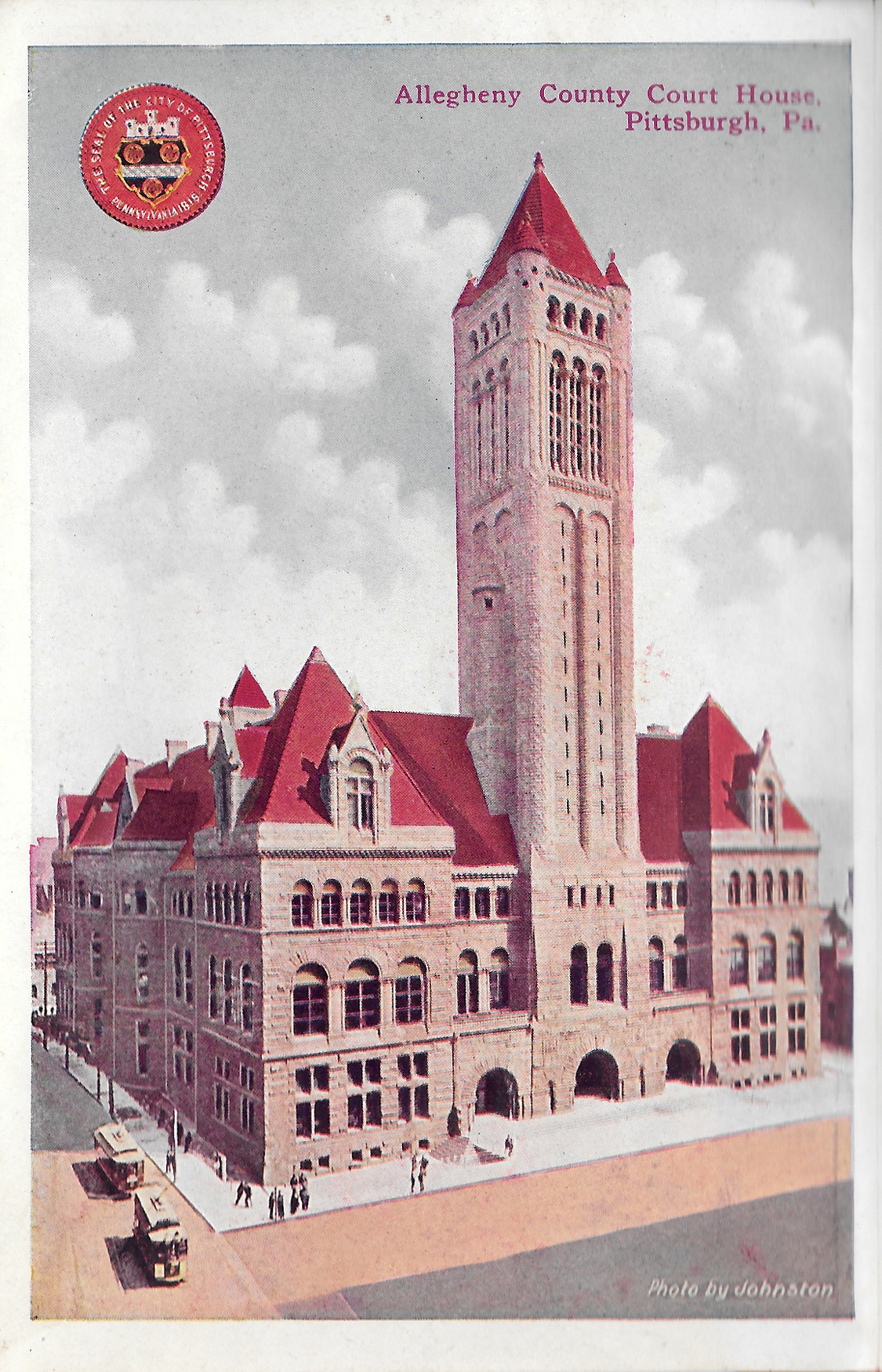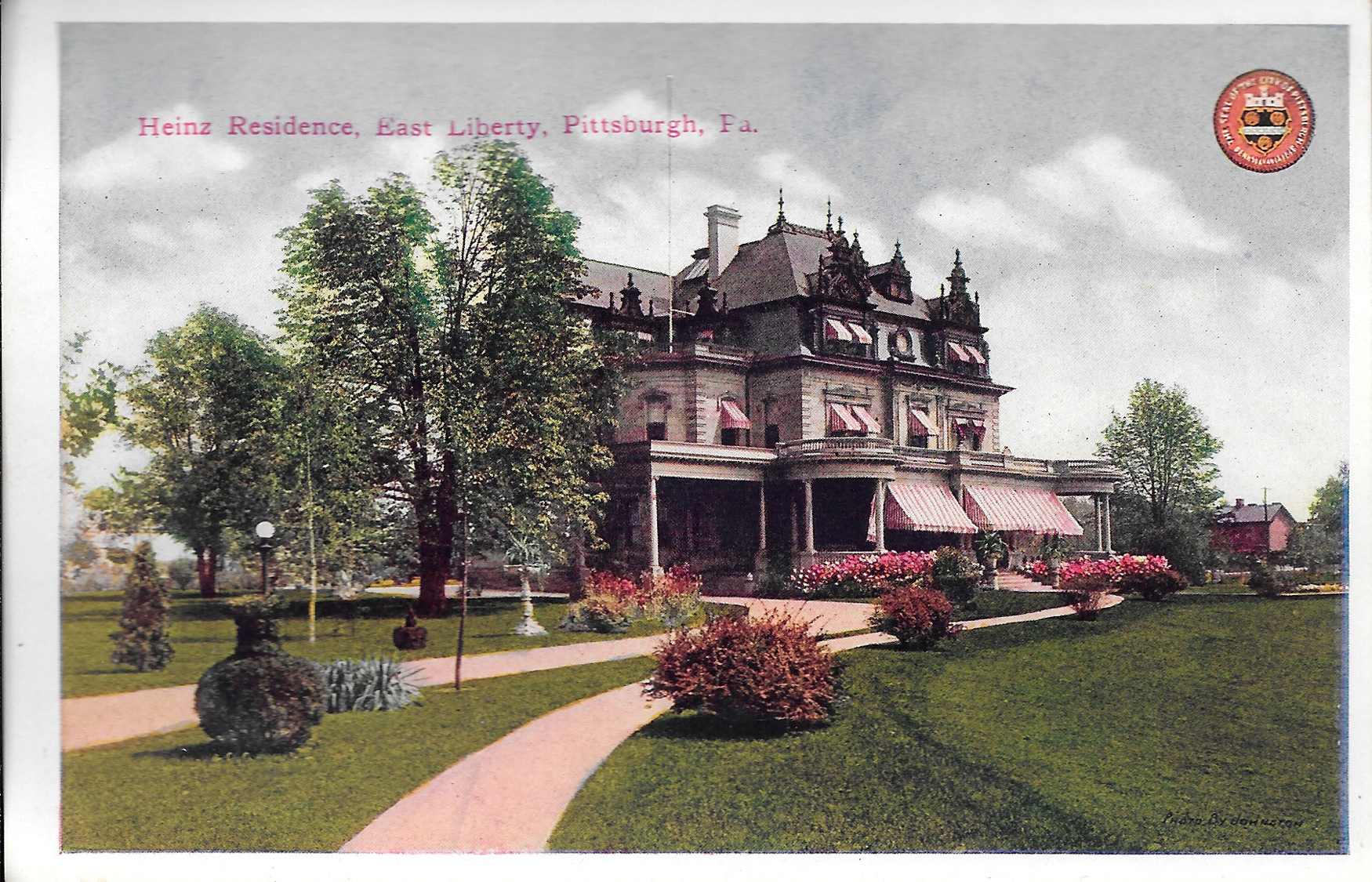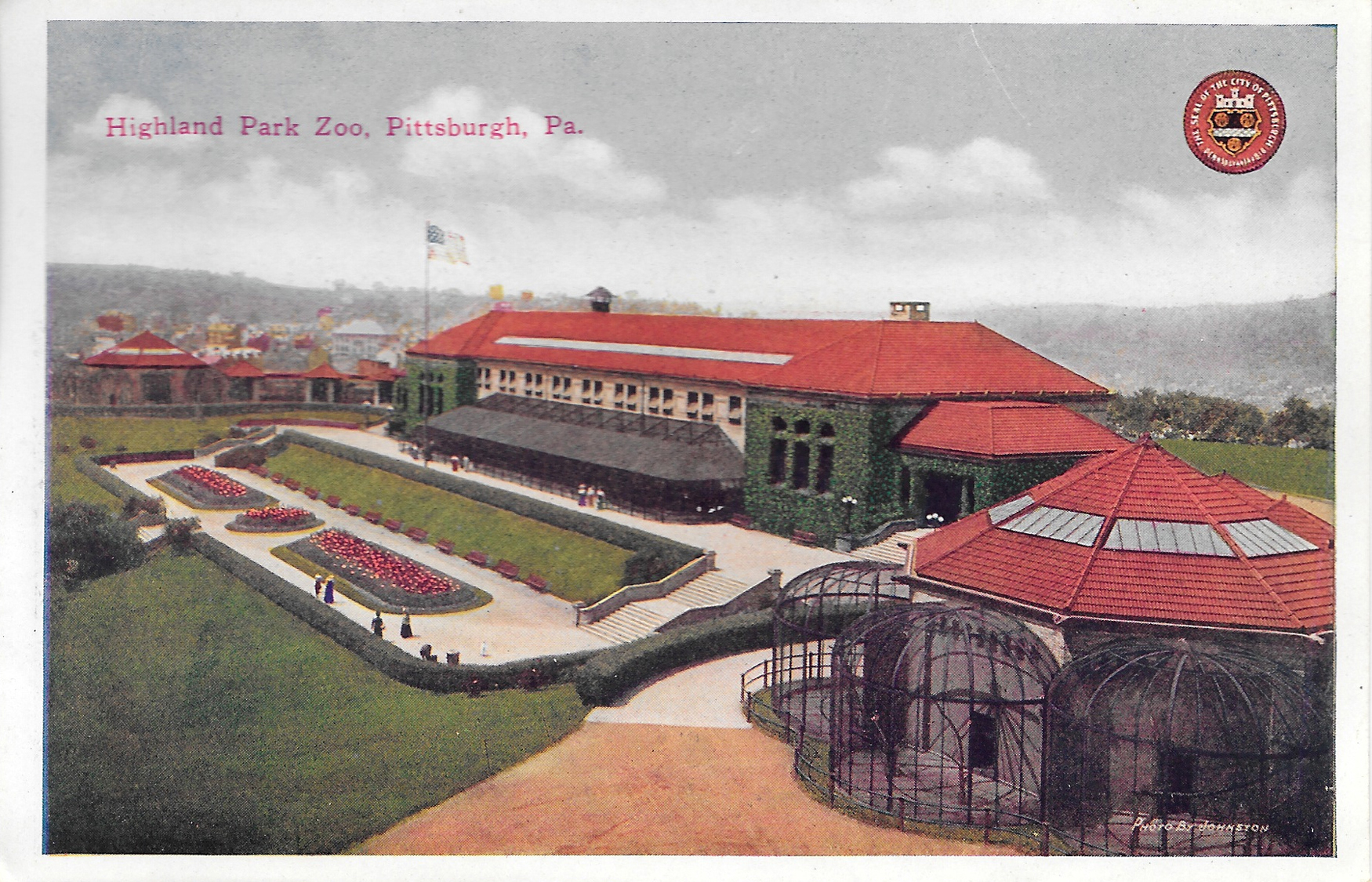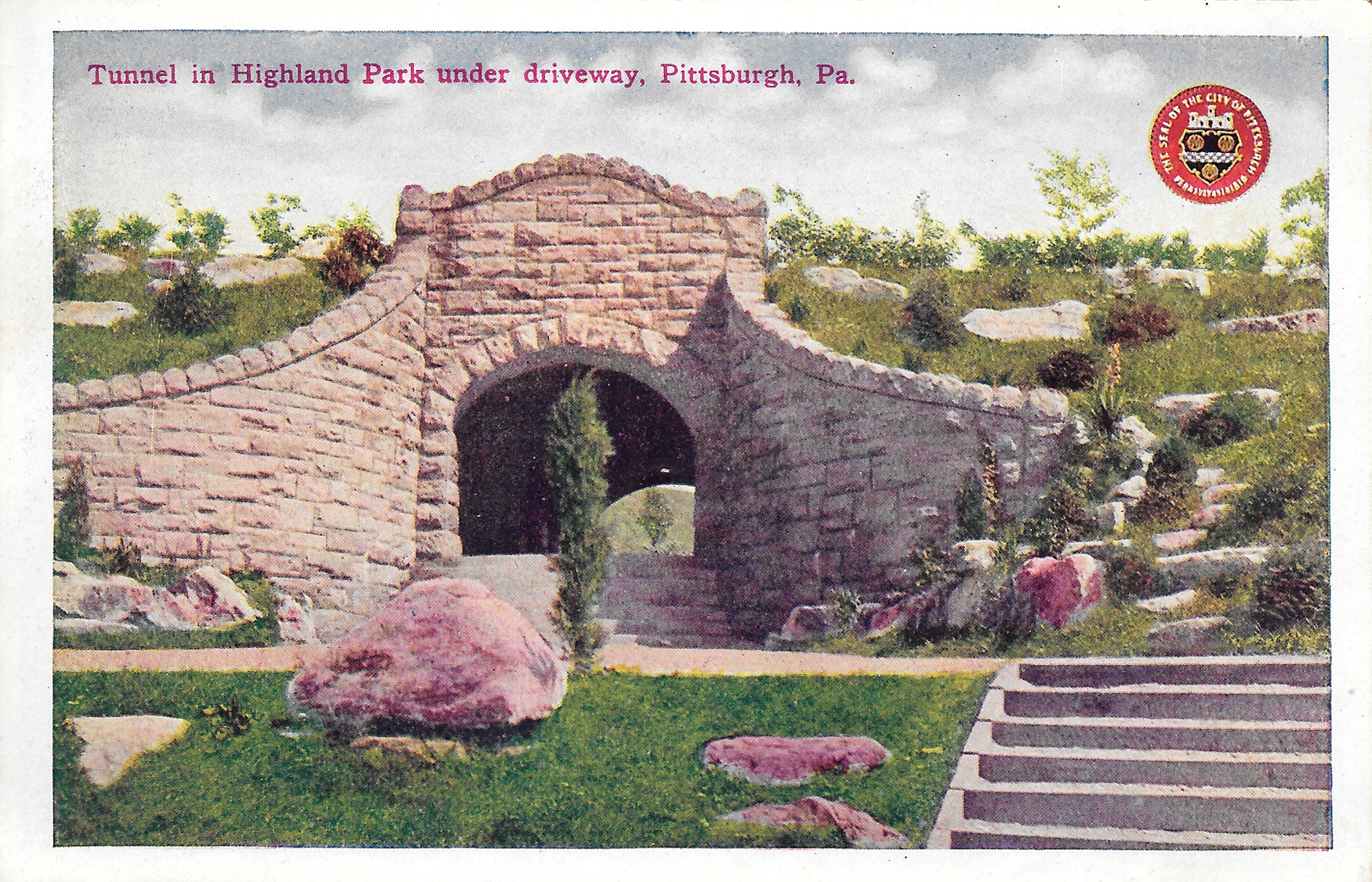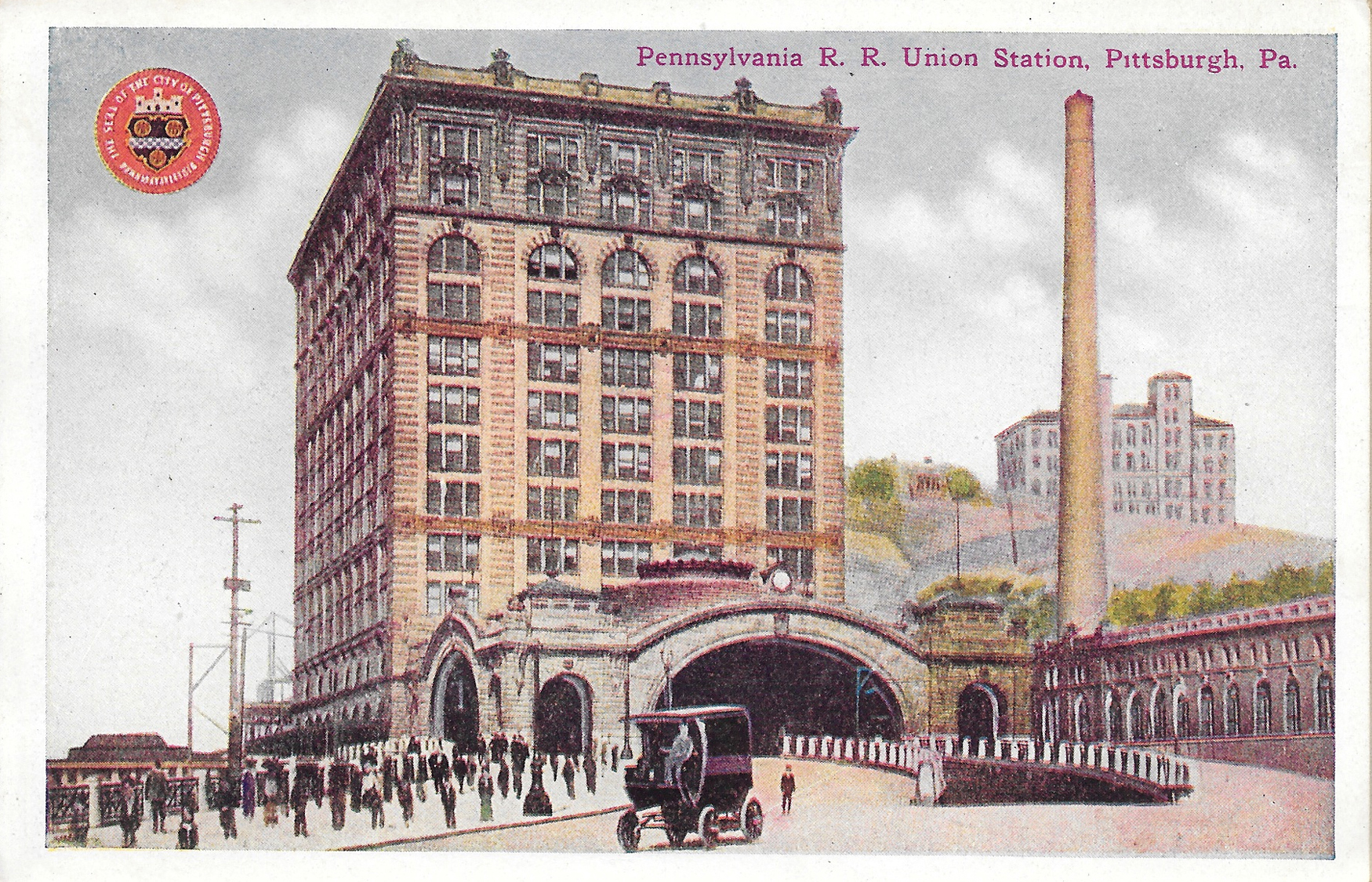Along with most people who grew up in the area, Kennywood is a major source of nostalgia for my family. It was an annual trek growing up. My mom loved the Thunderbolt, a classic wooden coaster that goes off the track with a dip, thanks to the region's hilly terrain, and squeezes your sitting partner around each speeding curve. My dad would ride anything fast or scary, including the Steel Phantom, the park's only steel coaster. (It has since been replaced with Phantom's Revenge.)
During high school, I went there a little too much since I went to picnics and (as a band geek) usually marched in the Fall Festival parade there. Visiting about once a summer is plenty for me to get my Kennywood fill.
I recently found this pair of postcards during a flea market haul. I'm guessing these are from the 1960s, based on some of the outfits patrons are wearing in the Ghost Ship postcard.
It was kinda hard to nail down a time period initially, but after a little research I now know the Ghost Ship operated for only a short time, between 1966 and 1975, when the building it was housed in burnt to the ground from an electrical fire.
There is so much classic charm at Kennywood that's unmatched at most other modern amusement parks. Places like Cedar Point and Six Flags have the thrills, but Kennywood wins on its classics. There's a variety of wooden roller coasters, there's plenty of old rickety rides in the best way like The Whip, the Turtle and Noah's Ark, and delicious foods. The french fries and the square-shaped ice cream cone come to mind. Familiar with the movie Adventureland? Kennywood was the movie's primary set, and was a huge reason why I watched that movie on heavy rotation post-college.
The biggest downfall to the park is there's little room to physically expand, so each time the park announces a new ride, it usually means another ride has to be removed.
The Pitt Fall, one of my longtime favorite rides, fell victim to that a few years ago, and was removed and sold to another park in 2011. Mark's favorite ride at Kennywood, The Turnpike, met the same fate a year or two before the Pitt Fall. (However, park officials said at the time of removal they would likely revive The Turnpike at some point at a new location. That hasn't happened yet, to my knowledge.)
Other favorites of mine are still in existence: the wooden coasters, especially the Racer, the Log Jammer and the swings, which is perfect after a wet ride to dry off. Technically I don't think it's a ride, but I've done the Skycoaster a few times over the years, too.
And if you're a native, you know that the phrase "Kennywood's Open" has more than one meaning. ;) I once, in mid-winter, had a long, awkward conversation in elementary school about whether Kennywood was actually open. A few minutes went by until I realized my classmate was trying to tell me my fly was down. Haha.
The park is now open on weekends, and then opens full-time for summer beginning next weekend. Anyone have favorite Kennywood memories?

